
Discover the fascinating journey of tea from its ancient origins in China to its modern-day innovations. This blog explores how tea evolved across cultures, became a global staple, and continues to inspire new rituals, flavors, and traditions in today’s world.
Introduction
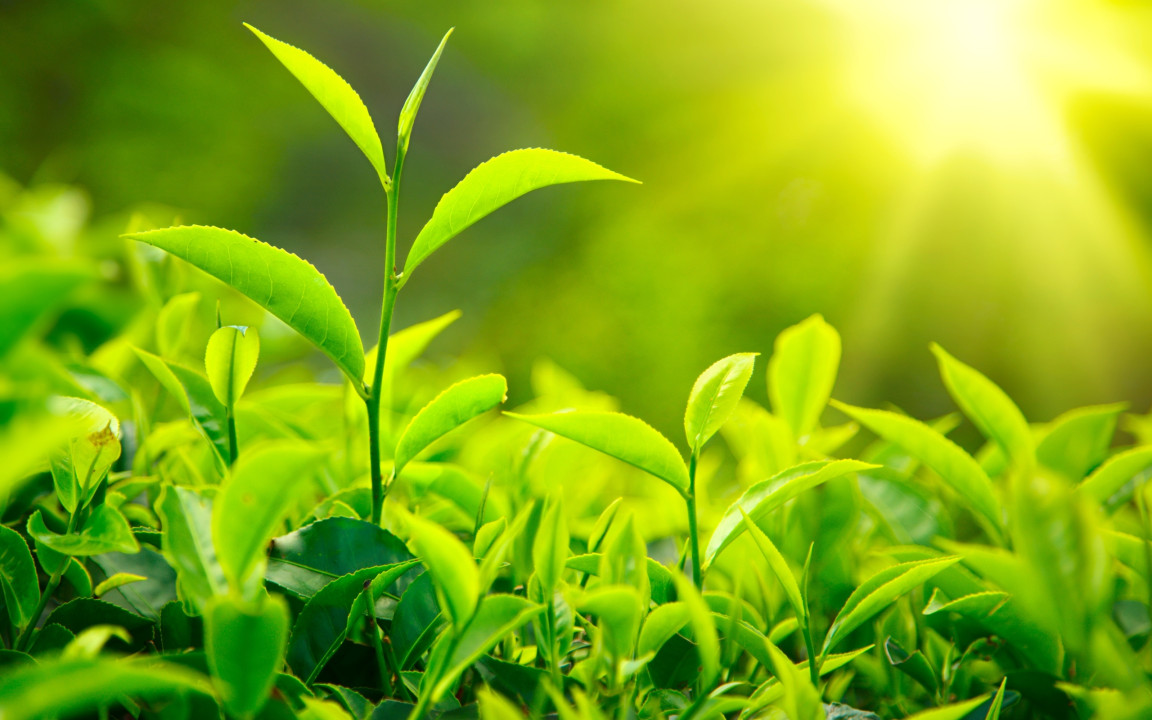
Tea is more than just a beverage — it’s a cultural symbol, a ritual, a healer, and a global unifier. From sacred ceremonies in China and Japan to bustling tea stalls in India and refined afternoon teas in Britain, this humble drink has traveled continents and centuries. Today, it stands as the second most consumed drink in the world after water. As we celebrate International Tea Day, it’s the perfect time to explore how tea has evolved — from its mystical beginnings to the diverse and modern brews we sip today, each cup carrying the legacy of generations.
The Origins: A Serendipitous Discovery in Ancient China
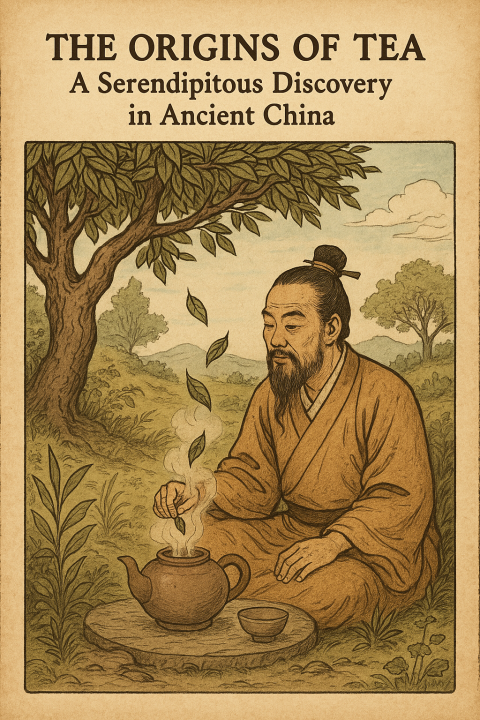
The legend of tea’s origin is both poetic and profound. In 2737 BCE, Emperor Shen Nong, a skilled herbalist and respected ruler, was boiling water under a tree when a breeze blew some leaves into the pot. Intrigued by the aroma and taste, he drank the infusion, marking the fabled birth of tea. Early records suggest that tea was first consumed not as a recreational drink, but as a medicinal elixir believed to aid digestion, improve concentration, and purify the body. Over centuries, tea drinking became embedded in the daily life of Chinese society, evolving into an art form with its own philosophy — from the simplicity of Tang Dynasty tea bricks to the refined Song Dynasty powdered tea rituals, precursors to Japanese matcha ceremonies.
Tea Travels: The Spread Across Asia and the Middle East
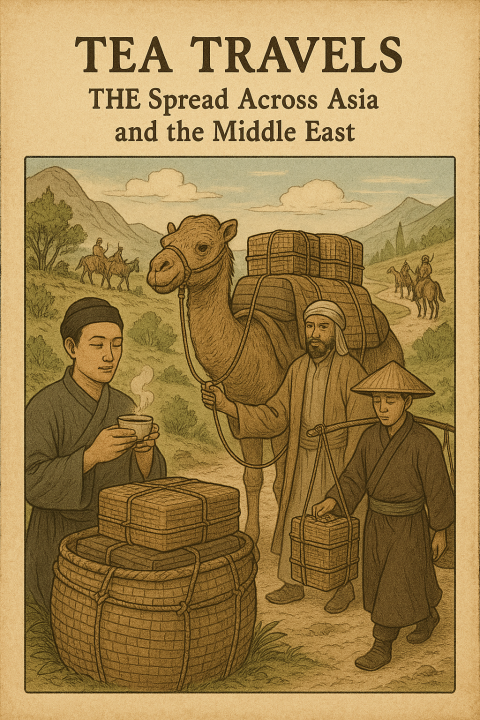
By the 8th century, Buddhist monks carried tea from China to Japan, where it was embraced not just as a beverage, but as a spiritual tool. The Japanese tea ceremony, or Chanoyu, emphasizes harmony, respect, purity, and tranquility — values that remain at its heart today. In Tibet, tea became essential in high-altitude life, often prepared with yak butter and salt to combat the cold and provide nourishment. In India and the Middle East, tea took on new life with spices like cardamom, cinnamon, and cloves, leading to the beloved masala chai and Arabic spiced teas. Each region adapted tea to fit its climate, customs, and culinary preferences — creating an incredibly rich and diverse global tea culture.
Europe Embraces the Brew: Status Symbol to Daily Delight
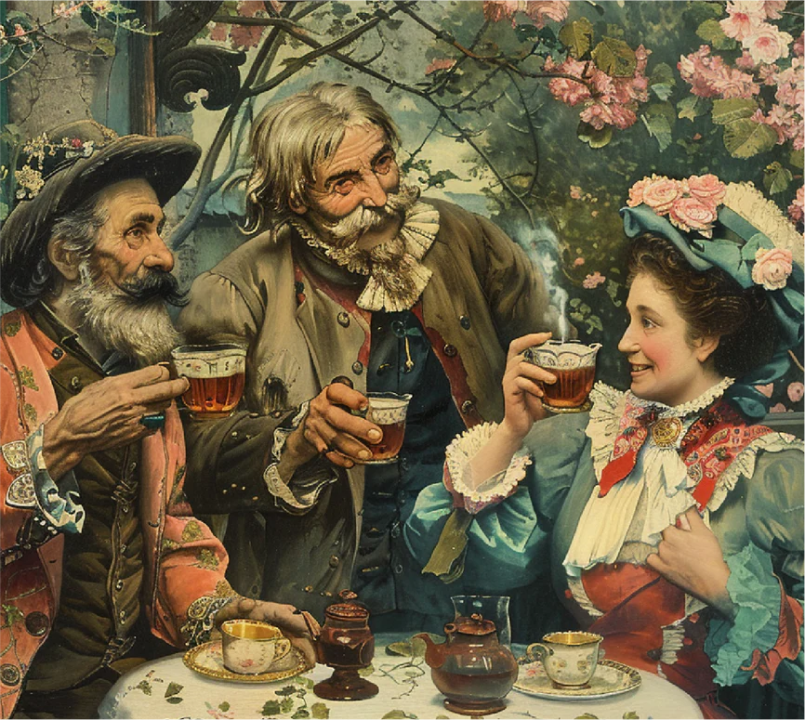
When tea first reached European shores in the 1600s, it was an exotic luxury enjoyed by the elite. Portuguese and Dutch traders brought small quantities back from Asia, where it quickly gained favor in royal courts and among wealthy merchants. By the mid-17th century, tea had arrived in England, where it became a fashionable drink among the upper class. Queen Catherine of Braganza, a Portuguese princess, helped popularize tea in British society, influencing its integration into social life. Over time, the British obsession with tea gave rise to afternoon tea traditions, ornate tea rooms, and even fine porcelain tea sets. However, tea’s popularity also fueled darker chapters — including the opium trade and colonization — as imperial powers scrambled to control tea production and trade routes. Despite its complex history, tea became deeply rooted in everyday European life.
Industrial Age to Instant Bags: Tea Goes Global
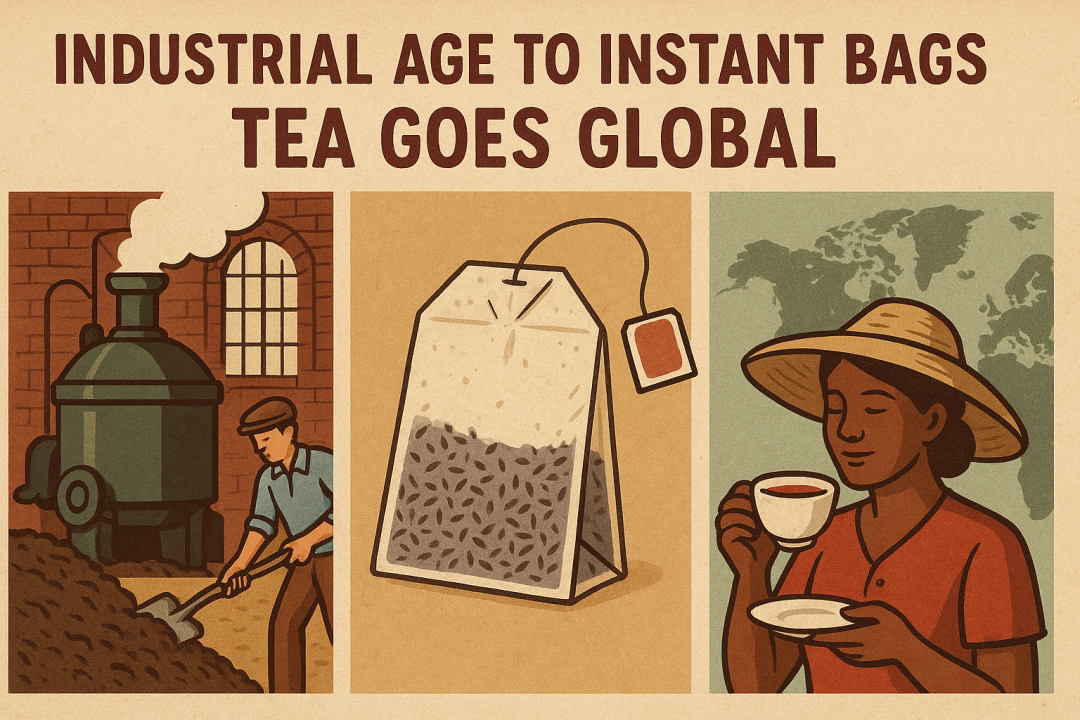
The 19th and 20th centuries saw tea production and consumption explode globally. The British established massive plantations in India (Assam, Nilgiri) and Sri Lanka (Ceylon), turning these regions into tea powerhouses. New black tea varieties were developed for their strength and ability to travel long distances without spoiling. Meanwhile, technological advances during the Industrial Revolution made tea cheaper and more accessible. One of the most significant shifts occurred in 1908, when American merchant Thomas Sullivan accidentally invented the tea bag — sending samples in silk pouches that customers dunked directly into water. This simple change transformed tea into a quick, convenient beverage for modern life. By the mid-20th century, tea had gone mainstream in homes, offices, airplanes, and restaurants around the world.
The Modern Tea Renaissance: Sustainability, Specialty, and Innovation
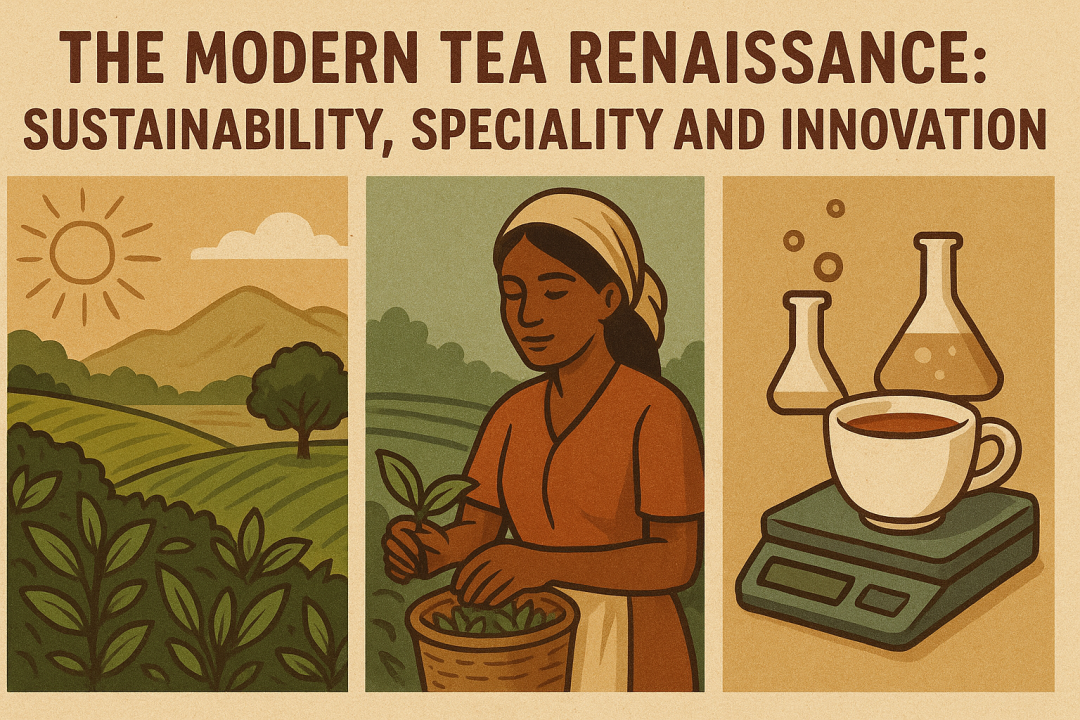
Today, tea is undergoing a vibrant transformation. The global palate has expanded beyond traditional black and green teas to include white tea, oolong, rooibos, yerba mate, and botanical infusions. Specialty tea shops and online brands are promoting single-origin teas, fair-trade certifications, and organically grown leaves. The third wave of tea — akin to third-wave coffee — focuses on transparency, ethical sourcing, and celebrating the terroir of tea-growing regions. Modern consumers are experimenting with matcha lattes, bubble tea, cold brews, and even tea cocktails. Health trends have also fueled the popularity of functional teas infused with adaptogens, CBD, mushrooms, and other wellness ingredients. Simultaneously, tea has found a place in culinary arts and photography, from tea-pairing menus in Michelin-star restaurants to visually stunning tea flatlays on Instagram. It’s a new era where tradition and innovation steep together seamlessly.
Conclusion
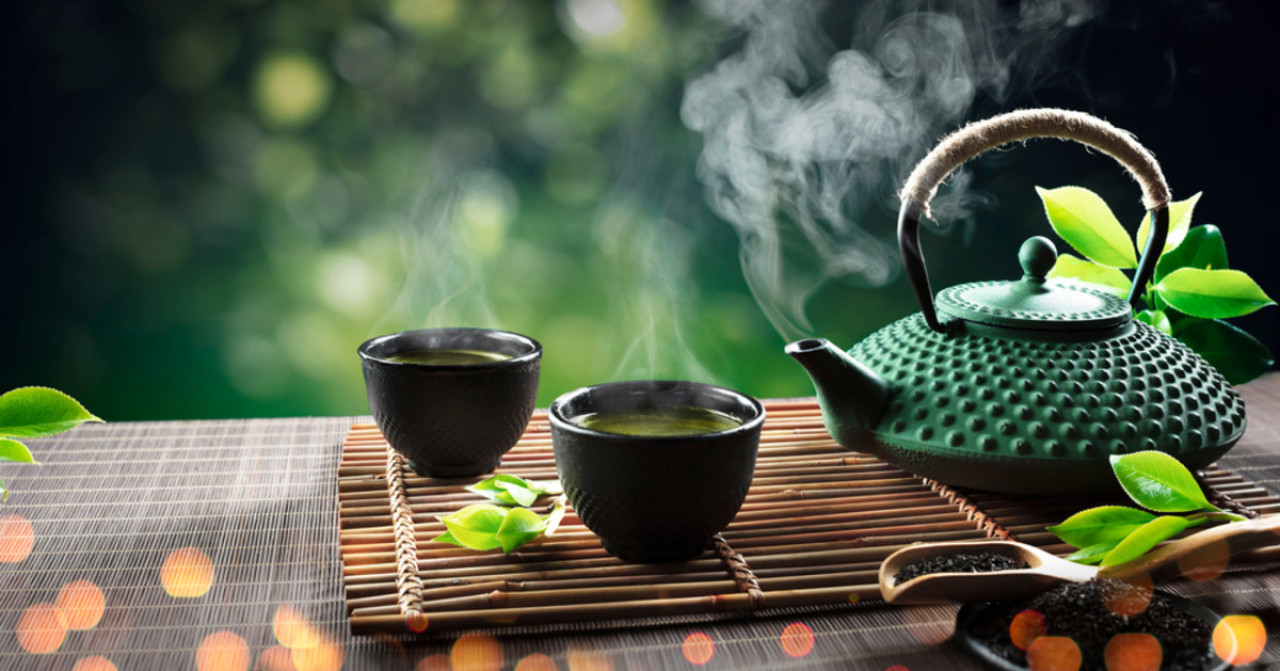
From sacred rituals in ancient temples to trendy tea cafes in modern cities, tea has traveled an incredible journey. Each cup tells a story — of cultural exchange, historical upheaval, and enduring human connection. On this International Tea Day, whether you’re enjoying a humble mug of chamomile or a perfectly whisked matcha, take a moment to honor the centuries of wisdom, craftsmanship, and cultural beauty infused in every sip. Tea is not just a drink — it’s a timeless bridge between past and present, and a reminder to pause, reflect, and connect.